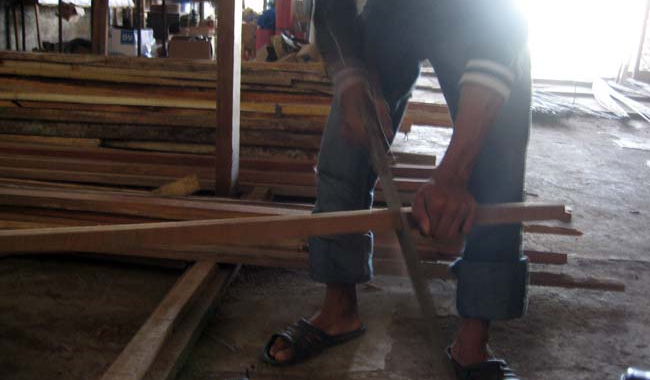HandSaws (Download)
Handsaw Safety Background A handsaw is a tool used in woodworking and carpentry. Used to cut pieces of wood into different shapes. This is usually done in order to join the pieces together and create a wooden structure or system. They operate by having a series of sharp teeth that are harder than the wood being cut. History Hand saws date back to the Neolithic period and were some of the first tools ever invented. Used to hack and saw at a material rather than simply cutting. History Hand saws have changed significantly throughout history. Their basic purpose has remained the same. Romans angled the teeth outward in order to cut a larger groove so the blade would not jam. The Handsaws Throughout History By Robert Demers Use Hand saws only use is to cut material. The type of handsaws focused on are the type of handsaws that cut wood. Hazards Splinters Flying particles Cuts and lacerations on the hands or limbs Saw dust inhalation Construction Fatality (1 fatality in construction was investigated by OSHA from 1990 thru 2009) A worker was electrocuted when his hand saw made contact with a 7620-Volt power line. He was trying to remove a tree limb that was touching the power line. After being electrocuted, he fell 25 feet. Source: Extracted from OSHA accident investigation data 1990-2009 Safety Gloves Eye protection Boots Hardhat Inhalation protection (if necessary) Best Practices Cut on level surface Keep hands away from blade Start slow so blade does not jump Arrange the cut so that the scrap piece falls free when the cut is finished Never force the blade Best Practices Wear the necessary safety equipment Work in an area free of debris and that is well ventilated Best Practices Make sure there are no nails or other foreign objects in the material being cut Keep blade sharp Best Practices Never use a bent saw Never use a saw with missing teeth Never use a saw with a loose or broken handle Never saw without supports Measure twice cut once Think Safety Work Safely

